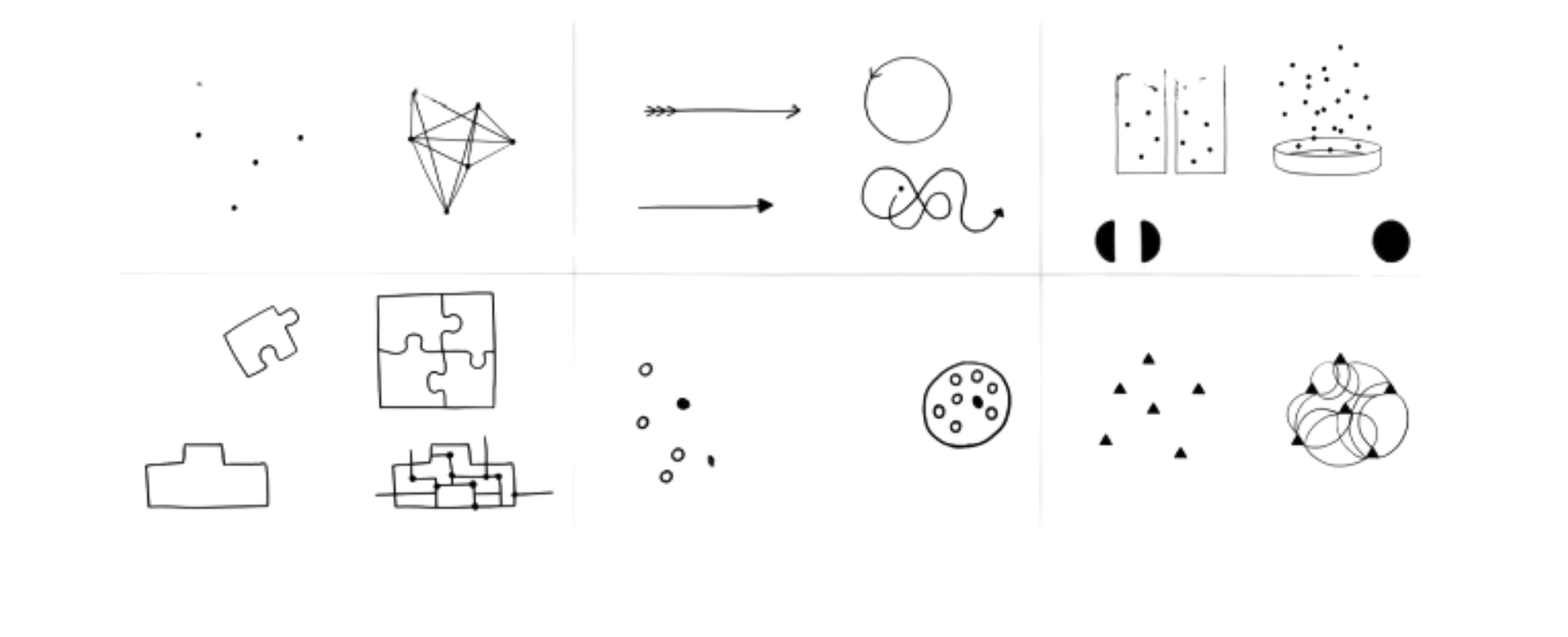The Power of Empathy in Design Thinking: Understanding Your Users' Needs

Empathy is a powerful tool to have when designing products or services. It enables designers to create user experiences that are tailored to their target audience and meet their needs. This article will explore the concept of empathy in design thinking and show how it can be incorporated into the design process to create successful products or services.
Understanding Empathy in Design Thinking
Design thinking is an iterative process that focuses on understanding people's needs, then creating solutions that meet those needs. Empathy is an important component of this process as it allows the designer to gain an understanding of their users and their environment in order to craft an experience tailored to them.
Empathy is defined as the ability to understand and share the feelings of another. In the context of design thinking, empathy allows the designer to put themselves in the shoes of their users, gaining insight into their motivations, goals, and challenges. This allows the designer to gain a deeper understanding of the user and create a product or service that truly meets their needs.
Empathy is a key skill for designers to have in order to create successful products and services. It is important to remember that empathy is not just about understanding the user, but also about understanding the context in which the product or service will be used. By taking into account the user's environment, the designer can create a product or service that is tailored to their specific needs and context.

Become a Product Manager
Learn from top industry experts, get access to 1 year placement support and transition into product management at India's top tech companies.
The Benefits of Empathy in User-Centered Design
Empathy is an important tool for user-centered design as it allows the designer to create products or services that are tailored to the needs of the user. By understanding how people use and interact with the product or service, designers can create experiences that are more intuitive and user-friendly.
Empathy also allows designers to create more meaningful experiences, as they are able to empathize with the user and design solutions that match the feelings, motivations, and challenges of their target audience. This leads to products or services that are more engaging, memorable, and effective.
In addition, empathy can help designers to identify potential problems and areas of improvement in their designs. By understanding the user’s needs and motivations, designers can create solutions that are more effective and efficient. This can help to reduce the amount of time and resources needed to develop a product or service, as well as improve the overall user experience.
How to Incorporate Empathy into Your Design Thinking Process
Incorporating empathy into your design thinking process is a straightforward but essential step. To begin, it is important to consider the needs of your target audience and to understand what motivates them. This can be done through market research, interviews, focus groups, and other qualitative methods.
Once you have gained an understanding of your users’ needs and motivations, you can begin incorporating empathy into your design process. This can be done through user testing, observing user behaviors, conducting interviews and focus groups, or simply talking to people about their experiences.
It is also important to remember that empathy is not just reserved for designers; it can be used by anyone involved in the development process. By getting feedback from other stakeholders and team members on how they envision the product or service, designers can gain insight into how users may feel about it.
In addition, it is important to remember that empathy is not a one-time process. It should be an ongoing practice that is revisited and refined throughout the design process. This will ensure that the product or service is designed with the user in mind and that it meets their needs and expectations.
Real-Life Examples of Empathy in Design Thinking
Empathy can be seen in many successful products and services created with design thinking. For example, Apple's iPod was designed with empathy in mind. The user-friendly interface and easy-to-use controls were created with an understanding of how people wanted to interact with music. Similarly, Uber's mobile app was designed with empathy as it focused on creating a convenient way for users to book rides.
Another example of empathy in design thinking can be seen in Airbnb's website. By understanding their users' needs for convenience and security, they designed their website to be easy-to-navigate and secure while also providing customers with helpful features such as a chatbot to answer questions.
In addition, Airbnb also offers a range of services such as property management and customer support to ensure that their customers have a positive experience. This demonstrates how design thinking can be used to create products and services that are tailored to the needs of the customer.
Final Thoughts on the Importance of Empathy in Design Thinking
Empathy is a powerful tool for design thinking as it allows designers to create products or services that are tailored to their users' needs. By understanding their users' motivations, goals, and challenges, designers are able to craft experiences that are intuitive, engaging, and memorable. Incorporating empathy into your design process can result in successful products or services that will resonate with your target audience.
Empathy is also a great way to build relationships with users. By taking the time to understand their needs and challenges, designers can create a sense of trust and connection with their users. This can lead to increased customer loyalty and satisfaction, as users feel that their needs are being taken into consideration. Ultimately, empathy is an essential part of the design process and can help designers create products and services that are tailored to their users' needs.

Become a Product Manager
Learn from top industry experts, get access to 1 year placement support and transition into product management at India's top tech companies.



